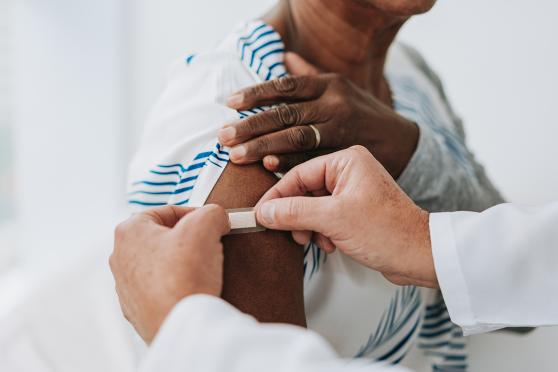5 common questions about ambulatory surgery centers, answered
Freestanding outpatient surgery centers are cheaper, convenient, and they provide care on par with hospitals.

If your doctor has referred you (or a loved one) to an ambulatory surgery center (ASC) for a procedure for the first time, you might have more than a few questions. Is it comparable to a traditional hospital visit? Will it cost more? And most important, what kind of results should I expect?
In truth, ASCs offer procedures that have the same results as traditional hospitals. But it’s important to understand what to expect before heading in. Here are five FAQs regarding this fast-growing, and promising, field of medicine:
1. How common are procedures in ambulatory surgery centers?
Today, most surgery in the United States (around 70 percent) is considered outpatient surgery, which means you go home shortly after your operation. (In contrast, after inpatient surgery, you stay in the hospital for a night or longer.) While hospitals have outpatient surgery facilities, there are also a growing number of ASCs that perform the same types of procedures.
In 2010, 22.5 million procedures were performed at ASCs in the United States, according to a 2017 report from the Centers for Disease Control and Prevention. These range from colonoscopies, cataract surgeries, and spinal injections to prostate biopsies, the removal of kidney or gallbladder stones, and repairs to knees, shoulders, and other joints.
2. Is the care the same level that you’d get at a traditional hospital?
Studies have found that results from ASCs are similar to inpatient procedures. One recent Blue Cross Blue Shield report found that people who had outpatient procedures in these types of facilities recovered faster and reported less pain. ASCs work just like hospital outpatient services and must follow the laws, rules, and regulations set by state and federal governments. They are also accredited by major, independent health care rating agencies.Patient safety is important. Large studies have found low complication rates at ASCs.
3. Do they cost more than hospital visits?
You may find it easier to schedule your procedure without a long wait at an ASC. And you may pay less out of pocket too. In the same Blue Cross Blue Shield study, people saved $320 to $1,062 on outpatient hysterectomies, angioplasties, and gallbladder and spine surgeries, compared to inpatient costs. Before scheduling your procedure, reference your benefits information for details on cost-sharing or co-payment information.
4. Is there anything I need to prepare for my visit?
Talk with your doctor about what to expect during and after the procedure. Will there be pain you’ll need to manage? Will you need physical therapy or other assistance? You may have to stop eating and drinking at a certain time beforehand or stop taking some medications. Bring your photo ID, health insurance card, and a list of allergies and any medications you take. You might also want to ask a trusted friend or relative to come with you and drive you home. This person should also be there when the doctor or nurse gives you instructions about your recovery at home.
5. What does recovery look like following a procedure at an ASC?
Immediately following a procedure, it’s important to understand when you’ll need to see your doctor again, and what to do if you have any signs of complications, such as bleeding, fever, serious pain, vomiting, or trouble urinating. Before you leave, it’s also smart to ask whom you can call if you have questions before your next medical appointment.


